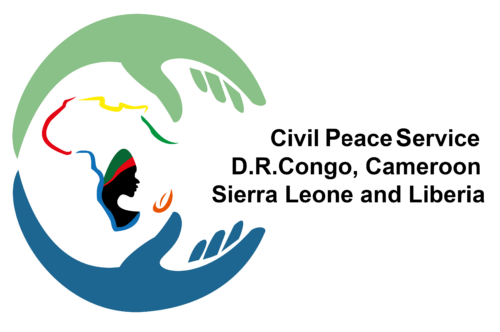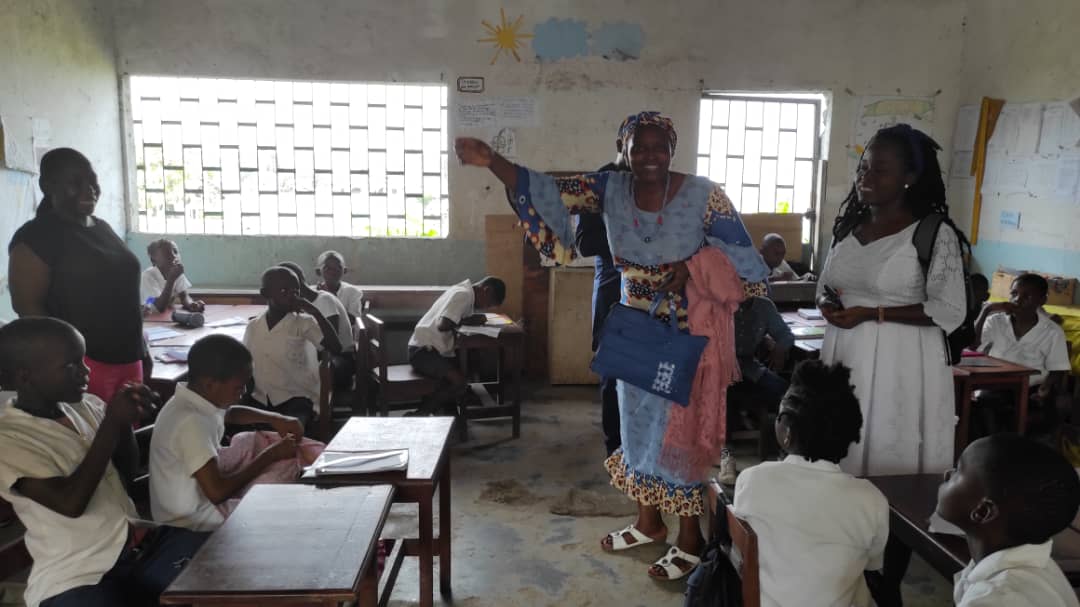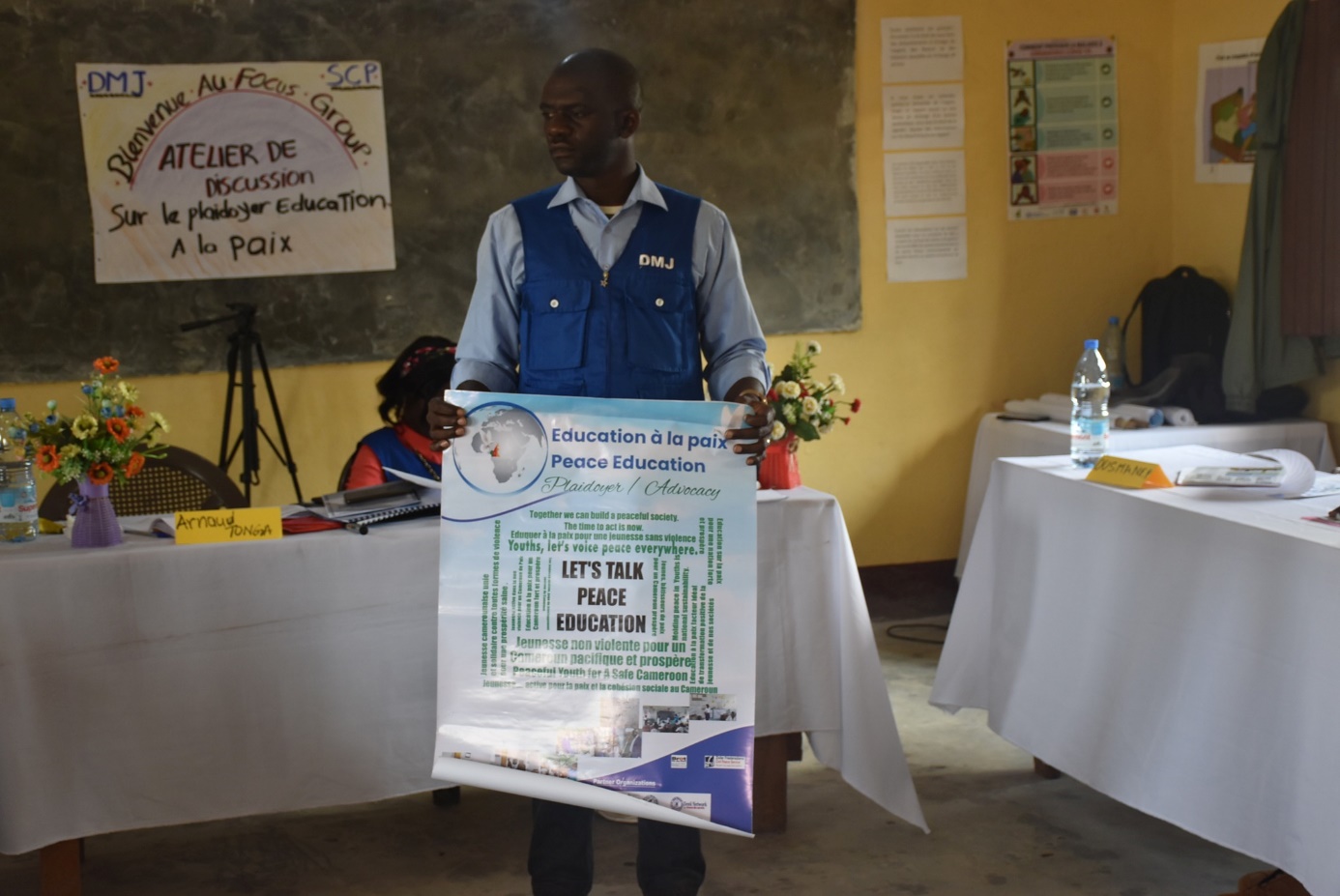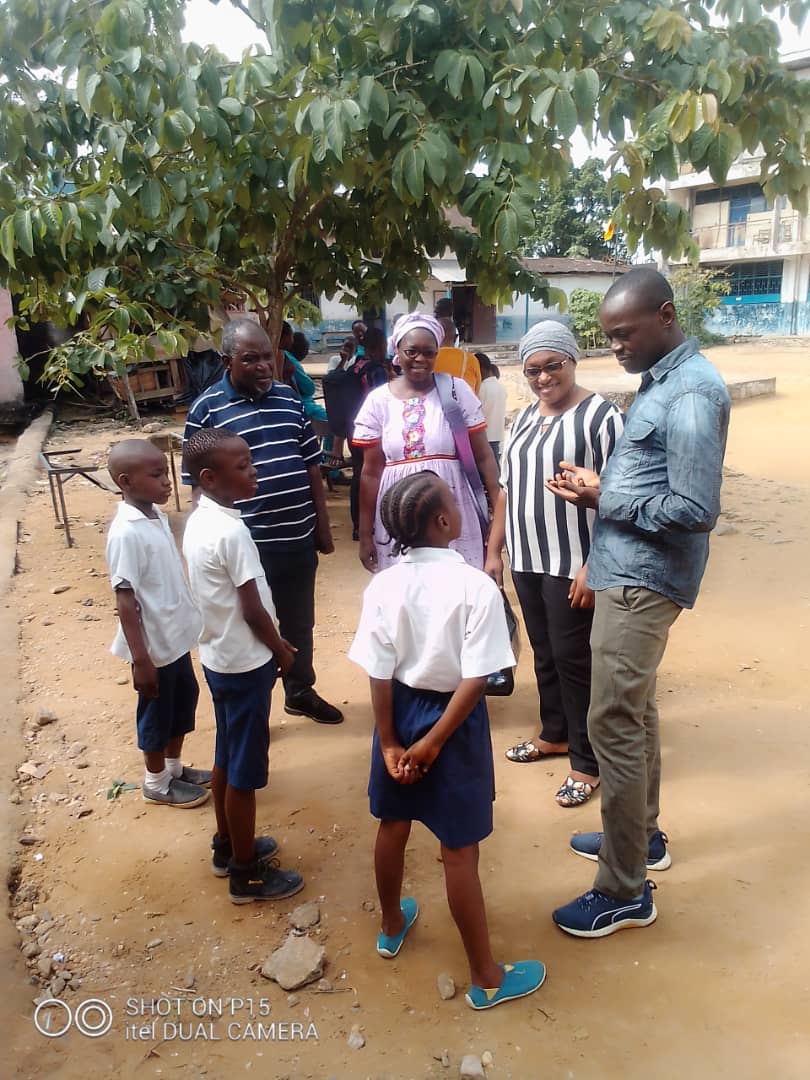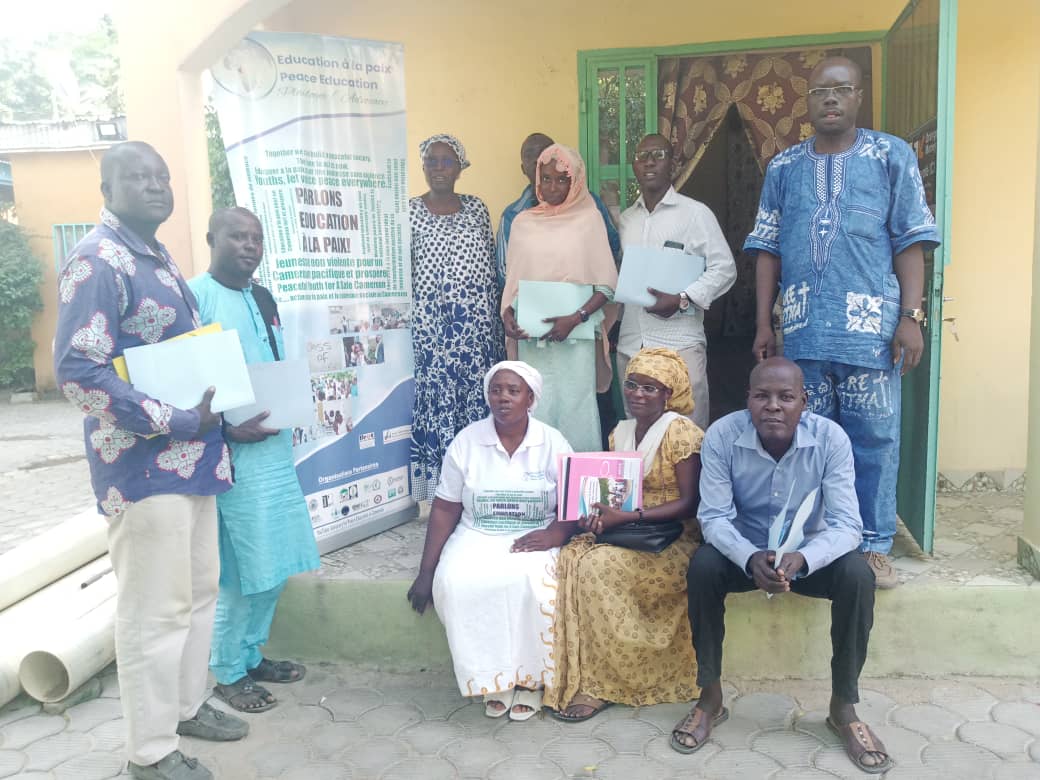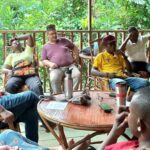
CPS Partners Test the “Do No Harm” Approach Tool in Communities
November 28, 2023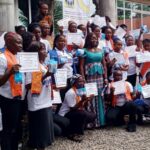
Acquiring Skills to Overcome Challenges for Positive Values
November 28, 2023“Let’s talk Peace Education”, DNE – EEC at the heart of action research.
Educated young people on the best practices of peace education through concrete means and actions.
By Peace Education, we mean the process of acquiring the values, knowledge, skills and behaviors needed to live in harmony with oneself, one’s environment and others. This concept differs from the dissemination of peace values against war, and from the idea that Peace Education is limited to conflict management. Education à la Paix was born out of the bitter reality of the upsurge in violence among young people in Cameroon in recent years. With a view to understanding the real causes of this scourge which is ravaging Cameroonian society in general, and young people in particular, the the Civil Peace Service of Bread for the World (CPS/BftW) in Cameroon set out to find the right strategy to combat it. To do so, it carried out action research in twenty districts in the ten regions of Cameroon where its partners operate. The public presentation of this action-research will take place on December 06 in one of the auditoriums of the Protestant University of Central Africa (PUCA), in Yaoundé.
What emerged from the action research?
Based on a fairly classic methodology using data collection methods such as documentary research and empirical research (questionnaire, semi-directive interview and focus group discussion), the study targeted a local population made up of the main socio-cultural groups, with particular emphasis on vulnerable groups such as internally displaced persons, ethnic minority and indigenous groups, as well as sensitivity to gender and age groups (young/social cadets, elders, elderly). Particular attention was also paid to influential socio-political and religious players, representatives of state and private institutions, and traditional authorities.
On the one hand, it highlights the root causes of juvenile violence and the places where it is expressed. On the other hand, it addresses the actors and actions to mitigate violence, while making recommendations, with the ultimate aim of developing an advocacy strategy for the systematization of Peace Education among young people.
1. Root causes and sites of juvenile violence
In terms of statistics, over three hundred (300) people were involved in the survey. The survey revealed that violence is particularly a consequence of the financial precariousness (38.6%) experienced by young people or their families, and of stigmatization based on social background (30.7%) or the living environment of certain individuals. The educational environment has also become too competitive (13.06%), putting increasing pressure on young people. Consequently, the problem lies at three levels:
– The social environment, with its deep-rooted inequalities, a climate of socio-economic injustice towards the poor, and a lack of policy orientation towards meeting the basic needs of sustainable development;
– Insufficient skills among young people, or a lack of opportunities to integrate the socio-professional environment and meet personal and family expenses;
– A drastic change in lifestyle or social codes and models, as a result of globalization and the influence of new cultures and codes presented by various digital platforms.
With regard to the places where violence is expressed, we have identified a number of areas where young people are more likely to express violence: on the street (43.8% of places cited); in educational settings (32.4% of suggestions); within the family (18.9%); in markets and public places; and on social networks.
2. Actors and actions to mitigate juvenile violence
Here, the study refers to the family as the first circle of education and socialization of the individual through actions such as: family meetings, daily talks, spiritual activities, occupation of young people with farm and domestic work, parental dialogue and advice, and monitoring of children.
It also highlights the role of the community in reducing violence, notably through actions such as palaver, talks and socio-cultural games.
Finally, it addresses the state through pedagogical approaches such as capacity building, awareness-raising, sports and educational talks.
However, much remains to be done to reduce youth violence. An analysis of the data shows that the measures adopted to tackle youth violence do not always meet the needs of young people. Indeed, young people have many expectations and aspirations in order to be less violent. For example, they would like to have a job, so as to have stable and independent sources of income (30.8% of expectations); to re-establish dialogue with their elders and be listened to by adults (26.56% of expectations); to see the quality of education and training reformed; to have more meeting places, so as to share their experiences and have fun (8.85% of responses point in this direction).
In view of the above, Action-Research proposes a number of ways to bring about significant change in order to resolve violence among young people, including the involvement of families and the educational community in the peace education process for young people, through the inculcation of entrepreneurial notions, the development of their creativity, knowledge, know-how and good manners; effective cooperation between civil society organizations, families and teachers for a greater positive impact; the establishment of intergenerational exchange frameworks so that young people can express their opinions in a positive and constructive way, and share their experiences for a positive impact on a personal, generational and community level; the multiplication of play areas, entertainment, films that can enable young people to blossom, i.e., directing young people’s activities to ensure a better human relationship than the digital approach; control over the digital content made available to young people; raising awareness among influencers, artists and societal role models with a view to producing more positive audio-visual content; better context analysis by stakeholders for the development and implementation of intervention strategies for positive change; better governance and social justice to guarantee social functioning and guide young people with moral compassion supported by state institutions that punish the excesses, excesses and excesses of politicians; and finally, an ambitious national program to institutionalize Peace Education in the education system from kindergarten to university level.
Claire Ngo MBOM
